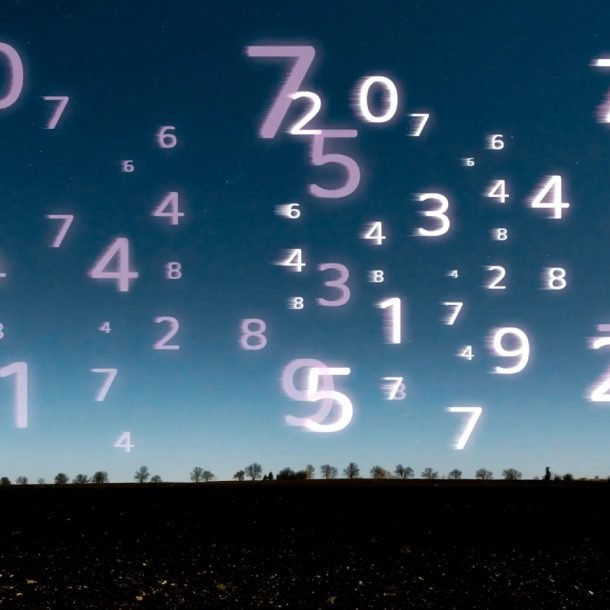
They say Mathematics is a perfect Science. There is a debate over this among scientists but we can definitely say that Mathematical methods are not perfect so we cannot use them blindly. We could very well use a standard formula for some given numbers and get stranded with “no solution.” The issue is what do we do when that happens? Let me explain.
We know that:
Average Speed =
Applicable when one travels at speed “” for half the distance and speed “
” for other half of the distance. In this case, average speed is the harmonic mean of the two speeds.
So now, say if we have a question which looks like this:
Question: In the morning, Chris drives from Toronto to Oakville and in the evening he drives back from Oakville to Toronto on the same road. Was his average speed for the entire round trip less than 100 miles per hour?
Statement 1: In the morning, Chris drove at an average speed of at least 10 miles per hour while travelling from Toronto to Oakville.
Statement 2: In the evening, Chris drove at an average speed which was no more than 50 miles per hour while travelling from Oakville to Toronto.
Solution: We know that the question involves average speed. The case involves travelling at a particular average speed for one half of the journey and at another average speed for the other half of the journey.
So average speed of the entire trip will be given by
But the first problem is that we are given a range of speeds. How do we handle ‘at least 10’ and ‘no more than 50’ in equation form? We have learnt that we should focus on the extremities so let’s analyse the problem by taking the numbers are the extremities: 10 and 50
Statement 1: In the morning, Chris drove at an average speed of at least 10 miles per hour while travelling from Toronto to Oakville.
What if Chris drives at an average speed of 10 mph in the morning and averages 100 mph for the entire journey? What will be his average speed in the evening? Perhaps around 200, right? Let’s see.
How can speed be negative?
Let’s hold on here and try the same calculation for statement 2 too.
Statement 2: In the evening, Chris drove at an average speed which no more than 50 miles per hour while travelling from Oakville to Toronto.
If Chris drives at an average speed of 50 mph in the evening, and averages 100 mph, let’s find his average speed in the morning.
5000 = 0
This doesn’t make any sense either!
What is going wrong? Look at it conceptually:
Say, Toronto is 100 miles away from Oakville. If Chris wants his average speed to be 100 mph over the entire trip, he should cover 100+100 = 200 miles in 2 hrs.
What happens when he travels at 10 mph in the morning? He takes hrs to reach Oakville in the morning. He has already taken more time than what he had allotted for the entire round trip. Now, no matter what his speed in the evening, his average speed cannot be 100mph. Even if he reaches Oakville to Toronto in the blink of an eye, he would have taken 10 hours and then some time to cover the total 200 miles distance. So his average speed cannot be equal to or more than
mph.
Similarly, if he travels at 50 mph in the evening, he takes 2 full hours to travel 100 miles (one side distance). In the morning, he would have taken some time to travel 100 miles from Toronto to Oakville. Even if that time is just a few seconds, his average speed cannot be 100 mph under any circumstances.
But statement 1 says that his speed in morning was at least 10 mph which means that he could have traveled at 10 mph in the morning or at 100 mph. In one case, his average speed for the round trip cannot be 100 mph and in the other case, it can very well be.
Hence statement 1 alone is not sufficient.
On the other hand, statement 2 says that his speed in the evening was 50 mph or less. This means he would have taken AT LEAST 2 hours in the morning. So his average speed for the round trip cannot be 100 mph under any circumstances. So statement 2 alone is sufficient to answer this question with ‘No’.
Answer (B)
Takeaway: If your average speed is s for a certain trip, your average speed for half the distance must be more than .

Founder, sole curriculum creator and webinar instructor for ANA PREP, Karishma has been working in the test prep industry for almost 20 years now, of which 15+ are in GMAT exam preparation. She is an expert of Quant, Verbal and Data Insights and is known for her simple and elegant solutions. Her venture, ANA PREP, is one of the best GMAT online coaching platforms. Contact her at karishma@anaprep.com